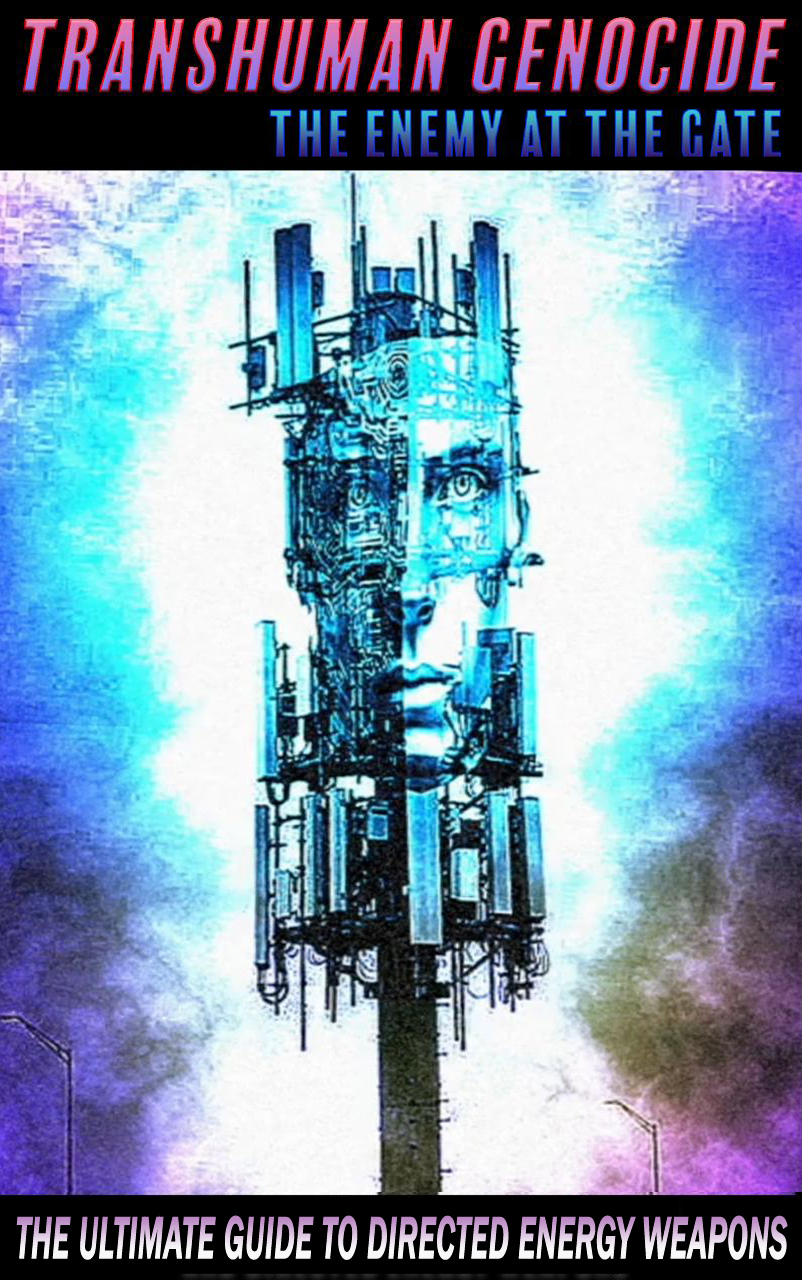The future of warfare is rapidly evolving, driven by the convergence of technology and military strategy. Private corporations like SpaceX, Palantir, and Anduril are at the forefront of shaping this new era of militarized AI. SpaceX, under Elon Musk’s leadership, not only dominates the space launch market but also controls global military communications through its subsidiary, Starlink. Palantir, led by Alex Karp, specializes in deep data analytics for surveillance and counter-terrorism, while Anduril, founded by Palmer Luckey, is delving into the development of AI-operated killer robots. These companies are not just players in the field; they are architects of a future where warfare is increasingly automated.

Ghost Robotics, a Philadelphia-based company, has unveiled quadrupedal uncrewed ground vehicles (Q-UGVs) – robot dogs armed with advanced sensors and video capabilities. These machines, designed for security and combat applications, are a glimpse into the future of warfare. With a custom-made, remotely-operated gun integrated into their Vision 60 unit, these robot dogs aim to reshape the battlefield by reducing the need for human soldiers in close combat scenarios. The Defense Science and Technology Agency in Singapore is also exploring the integration of quadrupedal robots into defense settings, signaling a global trend towards robotic militarization.
Palantir, under the leadership of Peter Thiel, is pushing the boundaries with its Artificial Intelligence Platform (AIP), capable of running large language models like GPT-4 on private networks. In military demonstrations, AIP showcases its potential to make critical decisions in warfare scenarios, from drone reconnaissance to attack planning. As Palantir emphasizes the ethical use of AI in military contexts, the reality of AI-driven warfare looms closer. The integration of AI into decision-making processes raises questions about the ethical implications and the potential for autonomous military actions.
China’s recent demonstration of a military robot dog armed with a machine gun, airdropped from a drone, underscores the global race towards robotic militarization. The U.S. is not far behind, with companies like Ghost Robotics and defense giants like Lockheed Martin, Northrop Grumman, and Raytheon investing heavily in similar technologies. As international tensions escalate, the militarization of robotics raises concerns about the specter of a nuclear war, with defense stocks soaring amidst the geopolitical uncertainty.
The Pentagon’s Defense Innovation Unit has awarded contracts to Anduril Industries and Palantir Technologies to develop software systems for the Army’s Robotic Combat Vehicle program. This initiative aims to create “human-machine integrated formations” by introducing unmanned platforms for intelligence, surveillance, reconnaissance, and strike missions. With companies like McQ, Textron Systems, and General Dynamics Land Systems joining the effort, the military is set to usher in a new era of autonomous warfare. The Army’s vision of fielding robotic autonomous system platoons by fiscal 2028 signals a seismic shift in military strategy, where man and machine merge on the battlefield.
The intent, means, and opportunity of these actors are clear: by investing in militarized AI technologies, private corporations and defense contractors are shaping the future of warfare for profit and power. The intent to automate warfare, the means through advanced AI and robotics, and the opportunity presented by global tensions all converge to create a landscape where human agency in conflict is increasingly delegated to machines. The consequences of this shift are profound, with ethical, legal, and strategic implications that demand scrutiny and accountability.
As we stand at the crossroads of this technological revolution in warfare, we must recognize the historical patterns at play. The rise of militarized AI, the integration of robotics into combat scenarios, and the increasing autonomy of weapons systems all point towards a future where the line between man and machine blurs. The stakes are high, as we navigate a world where the decisions of machines hold the power of life and death. The question that remains is not just how we adapt to this new reality, but whether we can retain our humanity in the face of machines of war.

